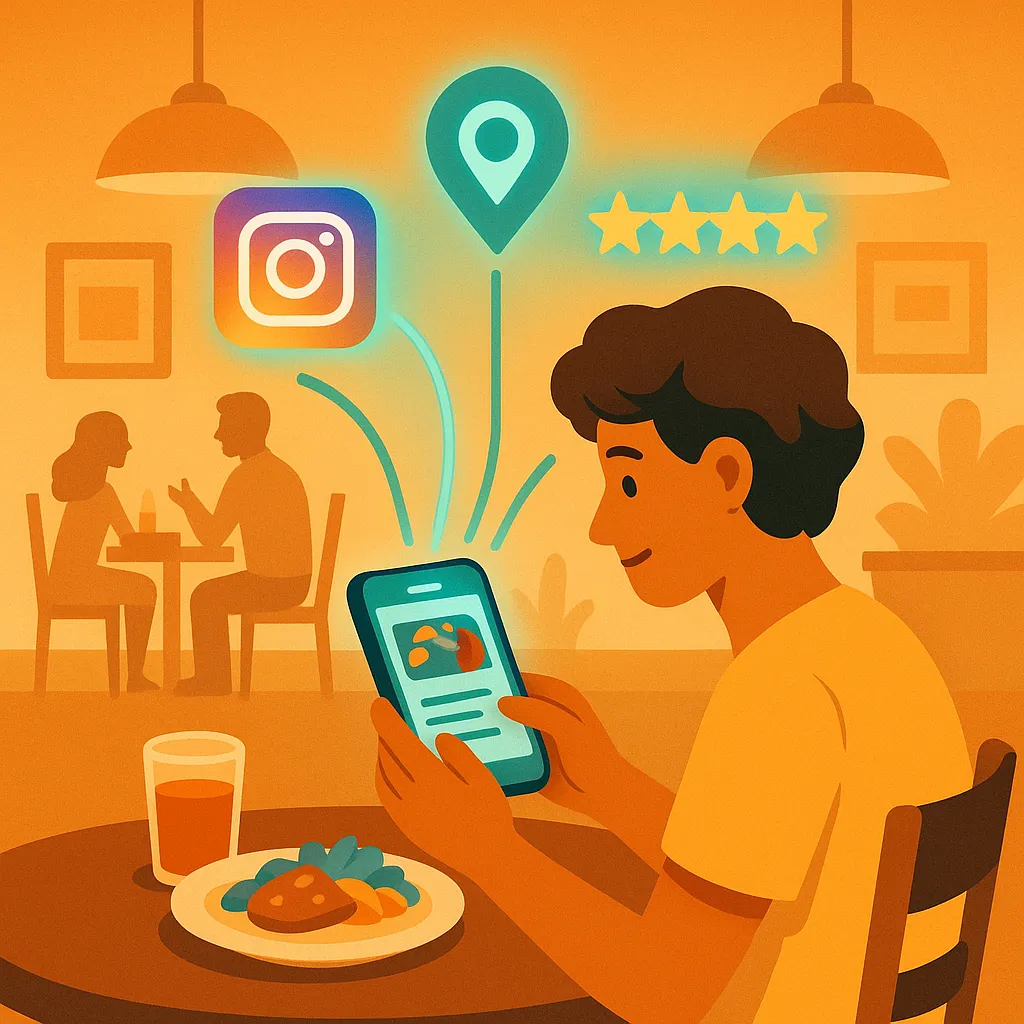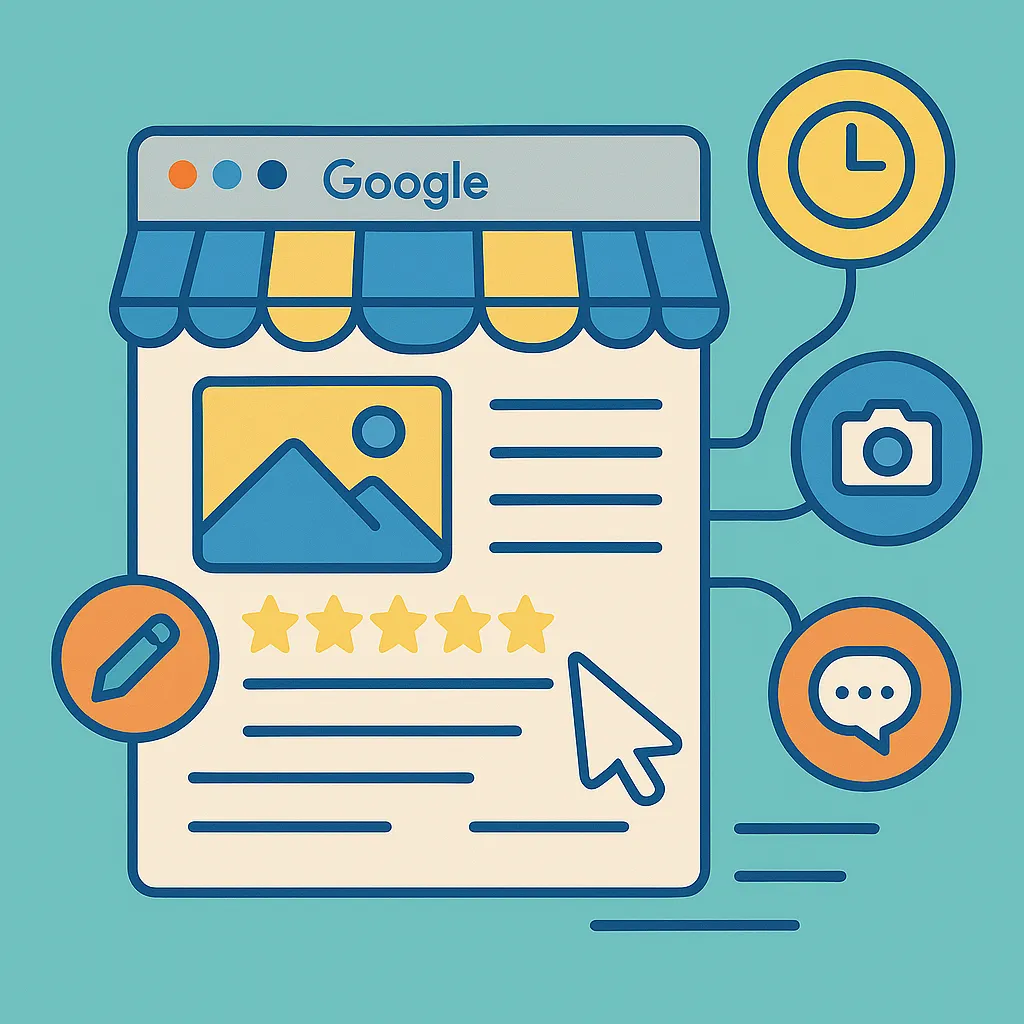Social media continues to evolve — and in 2025, artificial intelligence (AI) is driving some of the most impactful changes. For small business owners, this isn’t about chasing trends. It’s about staying relevant, efficient, and connected to your audience.
AI isn’t replacing human creativity, but it is dramatically enhancing how strategy is executed. The right tools and workflows can save time, optimize performance, and uncover opportunities you might otherwise miss.
Here are five ways AI is reshaping social media strategy for local and small businesses.
1. Smarter Content Planning & Ideation
Coming up with what to post can be half the battle. AI tools now help business owners generate content ideas based on current trends, seasonal relevance, and even customer sentiment.
Instead of starting from scratch, AI platforms can analyze your past posts, competitors, and popular industry hashtags to suggest fresh, relevant content topics. Many tools can even draft rough captions or post outlines that you can refine in your brand voice — saving valuable time without sacrificing authenticity.
Even better, AI can help organize your content themes across the month — ensuring a balance of promotional, educational, and community-focused posts. This turns planning from a reactive scramble into a proactive, structured approach.
Takeaway: AI doesn’t replace your ideas — it gives you a head start when time is tight.
2. Automated Caption Writing & Hashtag Suggestions
Even when you’ve got a great photo or video, writing the perfect caption can slow you down. AI-powered copywriting assistants are getting better at crafting engaging, natural-sounding captions tailored to your business type and tone.
In addition to captions, AI tools can suggest optimized hashtags to improve post visibility — not just based on popularity, but on your specific audience and region. Some tools even test different hashtag groupings over time to fine-tune what works best for your niche.
You still get the final say. But with smart suggestions at your fingertips, you can go from image to post in minutes — with copy that feels on-brand and strategic.
Takeaway: You still guide the message, but AI can speed up the process and increase reach.
3. Personalized Scheduling Based on Performance Data
Knowing when to post is just as important as what to post. AI-driven schedulers now go beyond generic “best time to post” advice. Instead, they analyze your own performance data to find the days and times when your audience is most active.
These tools can adjust over time as your audience behavior shifts, allowing you to stay in sync with your followers without constant manual analysis. What works in July may not work in October — and AI helps you adapt without extra effort.
For business owners juggling dozens of priorities, that kind of automation is invaluable. It turns engagement optimization into a passive win — working in the background while you focus on serving your customers.
Takeaway: Smarter scheduling means better engagement without added guesswork.
4. AI-Powered Visuals & Video Creation
Creating high-quality visual content used to require expensive design tools or outside help. Now, AI tools can help generate images, design branded templates, or even auto-edit short video clips with transitions and text overlays — all based on your goals.
For example, you might upload a few photos from your café or boutique, and the AI can turn them into a week’s worth of themed posts, complete with matching visuals and suggested captions. With the rise of vertical video and platform-specific formats, tools can even auto-resize and reformat content for each channel.
This allows you to maintain a polished, consistent brand presence across platforms without needing to be a designer, editor, or motion graphics pro. And because most tools are template-based, you stay in control of your aesthetic.
Takeaway: Visual storytelling is more accessible than ever, even for small teams or solo entrepreneurs.
5. Audience Insights & Sentiment Analysis
Understanding how your audience feels about your brand or posts used to require digging through comments and DMs manually. AI can now scan responses, flag recurring themes, and detect sentiment — helping you stay ahead of issues or capitalize on positive momentum.
For example, if your audience responds especially well to behind-the-scenes content, or consistently asks questions about a product line, AI can identify that pattern and suggest content to match. Likewise, if negative sentiment starts to rise around a campaign, you'll be alerted early.
The result is a more responsive, data-driven approach to content. You’re no longer guessing at what works — you’re actively learning from your audience, and adapting in near real time.
Takeaway: AI can be your early warning system and feedback loop rolled into one.
AI Is a Tool — Not a Replacement
It’s easy to feel overwhelmed by the flood of new technology, but at its core, AI is just a tool. The most effective small business owners use it to amplify their creativity, not replace it. They stay focused on their voice, their customers, and their goals — and let AI take care of the repetition, optimization, and scale.
Social media success in 2025 is still about connection. With AI in your corner, you just have a little more leverage to build that connection — consistently and confidently.





